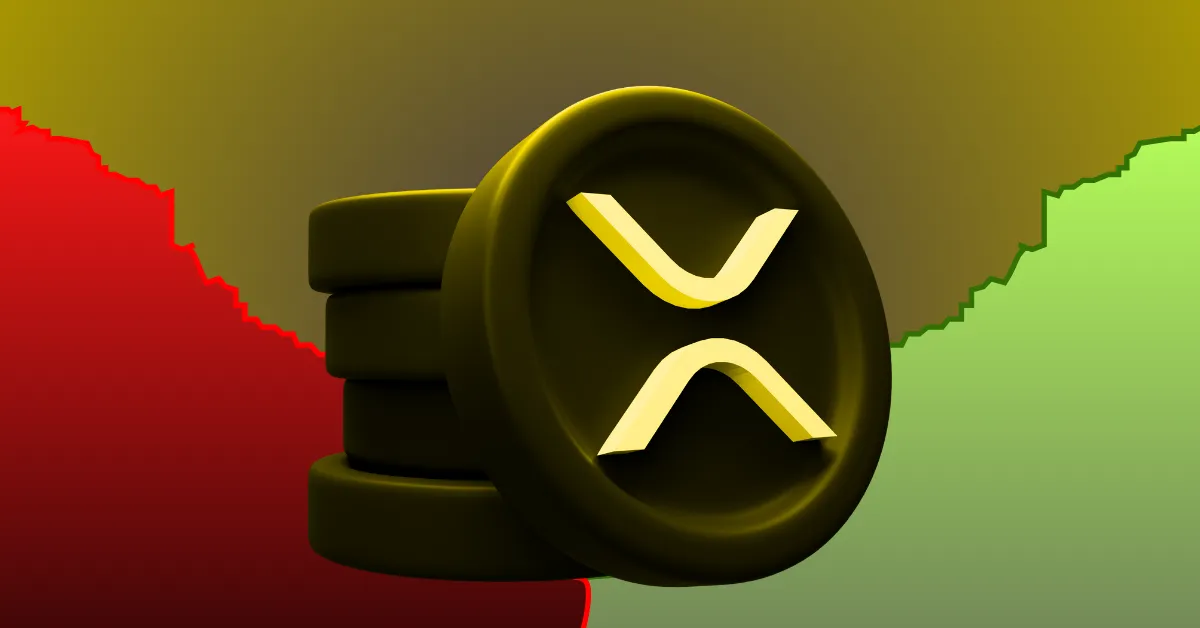Introduction
In the fast-paced world of financial technology, strategic maneuvers can reshape the landscape overnight. Ripple’s recent $5 billion offer to acquire Circle has sent ripples—pun intended—through the financial and cryptocurrency sectors. This move is more than just a market expansion play; it’s a bold strategy to cement Ripple’s position in the global stablecoin economy and potentially establish XRP as the go-to standard for international payments. Let’s explore the intricacies of this potential acquisition and its far-reaching implications.
Ripple’s Strategic Ambitions
Ripple, a blockchain-based digital payment network, has been at the forefront of innovation in cross-border payments. The company’s XRP Ledger (XRPL) is one of the most established blockchain networks, designed to address the inefficiencies plaguing traditional financial systems. Ripple’s recent acquisition of Hidden Road and the launch of its RLUSD stablecoin are part of a broader strategy to infiltrate global finance. Acquiring Circle would be a monumental step in this direction, positioning Ripple as a major player in the stablecoin market.
The Allure of Circle
Circle, the issuer of USDC, one of the world’s largest stablecoins, holds over $60 billion in value. Owning Circle would instantly give Ripple a seat at the table in the global stablecoin economy. For Circle, a $5 billion offer is substantial, but the company has its own ambitions, including plans for an Initial Public Offering (IPO). Circle’s recent launch of the Circle Payments Network (CPN) further highlights its competitive stance, aiming to challenge Ripple’s dominance in global payments.
The Motivation Behind the Bid
Ripple’s interest in Circle is driven by several strategic goals. Firstly, acquiring Circle would give Ripple control of USDC, the second-largest stablecoin globally. This would provide Ripple with a significant competitive edge, allowing it to scale rapidly and compete more effectively with other major players. Secondly, the acquisition would bolster Ripple’s ability to offer fast, low-cost international payments, a core strength of the XRP Ledger.
Potential Challenges and Considerations
While the strategic advantages are clear, several challenges need consideration. Circle’s rejection of the initial offer indicates caution and a focus on independent growth. Circle’s IPO plans and the launch of CPN suggest a desire to establish itself independently rather than being acquired. Additionally, regulatory considerations and market dynamics could influence the outcome of any future bids. Both companies must navigate these complexities to achieve a successful acquisition.
The Impact on XRP and the Global Payment System
If the acquisition goes through, it could significantly boost XRP’s position as a global payment standard. XRP is already gaining traction globally, with notable developments such as Japan’s nationwide adoption of Ripple’s technology. Integrating USDC into Ripple’s ecosystem could further enhance XRP’s utility and adoption, making it a more attractive option for financial institutions and consumers alike.
The Competitive Landscape
The competitive landscape in the stablecoin and cross-border payments sector is intensifying. Circle’s CPN and Ripple’s RLUSD are just two examples of the innovative solutions being developed. Other players, such as SWIFT and the Stellar Development Foundation, are also vying for market share. Ripple’s bid for Circle is a bold move in this competitive environment, aiming to secure a dominant position.
The Future of Global Payments
The future of global payments is increasingly shaped by blockchain technology and stablecoins. Ripple’s ambition to build the best global payment protocol is evident in its strategic moves. The acquisition of Circle, if successful, could accelerate Ripple’s influence in the fast-growing stablecoin market. However, it is also clear that Circle has its own ambitions and is not willing to be a mere acquisition target.
Conclusion: A Strategic Crossroads
Ripple’s $5 billion bid for Circle represents a strategic crossroads for both companies. For Ripple, it is an opportunity to solidify its position in the global stablecoin economy and enhance its competitive edge. For Circle, it is a moment to decide between independent growth and becoming part of a larger ecosystem. The outcome of this bid will have significant implications for the future of cross-border payments and the role of stablecoins in the global financial system.
In the ever-evolving landscape of financial technology, strategic acquisitions and partnerships will continue to shape the future. Ripple’s bid for Circle is a testament to the high stakes and the transformative potential of blockchain technology in global finance. As both companies navigate this strategic crossroads, the world watches to see how the future of payments will unfold.

